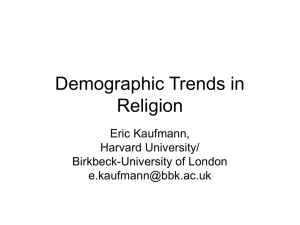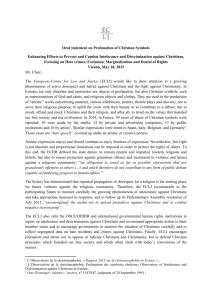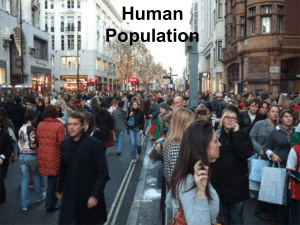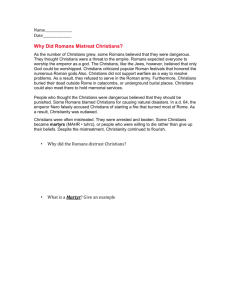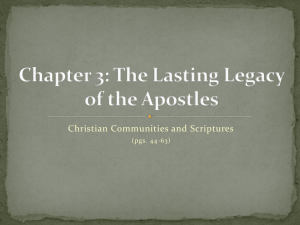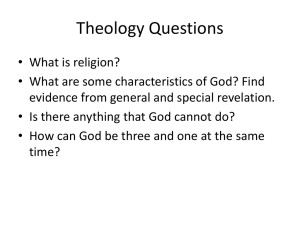Slide - Eric Kaufmann
advertisement
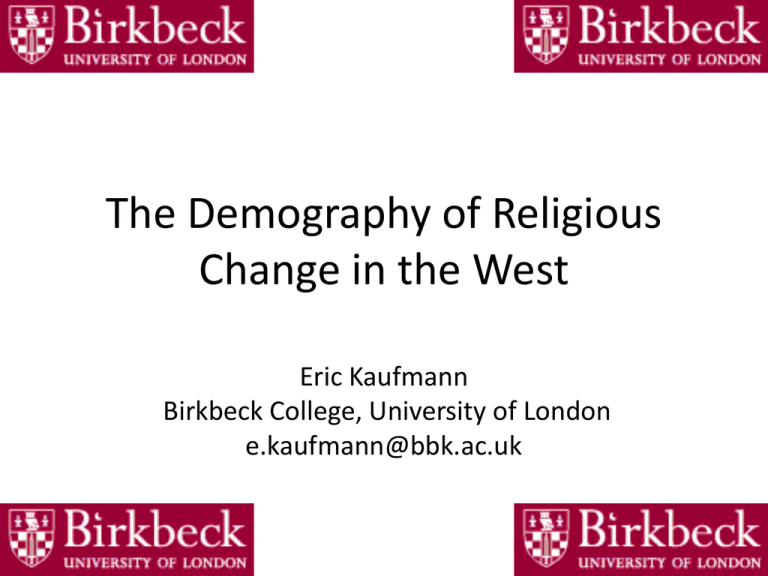
The Demography of Religious Change in the West Eric Kaufmann Birkbeck College, University of London e.kaufmann@bbk.ac.uk Religion in the West • Loss through secularization • Moderation of slide by resistant remnant, notably fundamentalists • Gain through demography Demography and Religion • Indirect: poor, less educated and rural people have more children than urban, wealthy, educated • Direct: Religious have more children than seculars; fundamentalists more than moderates The Religious Tropics: Total Fertility Rates by Country, 2008 Source: CIA World Fact Book 2008 Indirect Effect: Expansion of Islam; Conversion Effect: Decline of Animists; Both: Decline of Seculars Past and Projected Global Religious Affiliation (World Religious Database) 45 40 35 30 1900 25 1970 20 2000 15 2025 10 5 0 Christian Muslim Hindu Nonreligious + Atheist Other Decline in Numbers of White British and Christians, England and London, 2001-2011 0% -2% -4% White British (England) Christians (England) White British (London) -1.1% -6% -5.2% -8% -10% -12% -10.7% -14% -16% Christians (London) -14.4% Decline in Numbers of White British and Christians, England and London, 2001-2011 0% -2% -4% White British (England) Christians (England) White British (London) -1.1% -6% -5.2% -8% -10% -12% -10.7% -14% -16% Christians (London) -14.4% Direct Effect: Religiosity and Fertility in Europe and USA TFR Austria 2001 Switzerland 2000 Roman Catholics 1.32 1.41 Protestants Muslims Others Without Total 1.21 2.34 1.44 0.86 1.33 1.35 2.44 1.74 1.11 1.5 United States, 2006 (GSS) TFR Wrong Not wrong Diff Homosexuality 2.5 1.98 0.52 Abortion 2.47 1.83 0.64 Projected Nonreligious Population of Austria to 2051, 36 Scenarios Source: Goujon et al. 2006 Similar Dynamics in USA Religion in the West • Loss through secularization • Moderation of slide by resistant remnant • Gain through demography – Indirect through global migration – Direct, through higher fertility • Fundamentalists maximize gains, minimize losses
